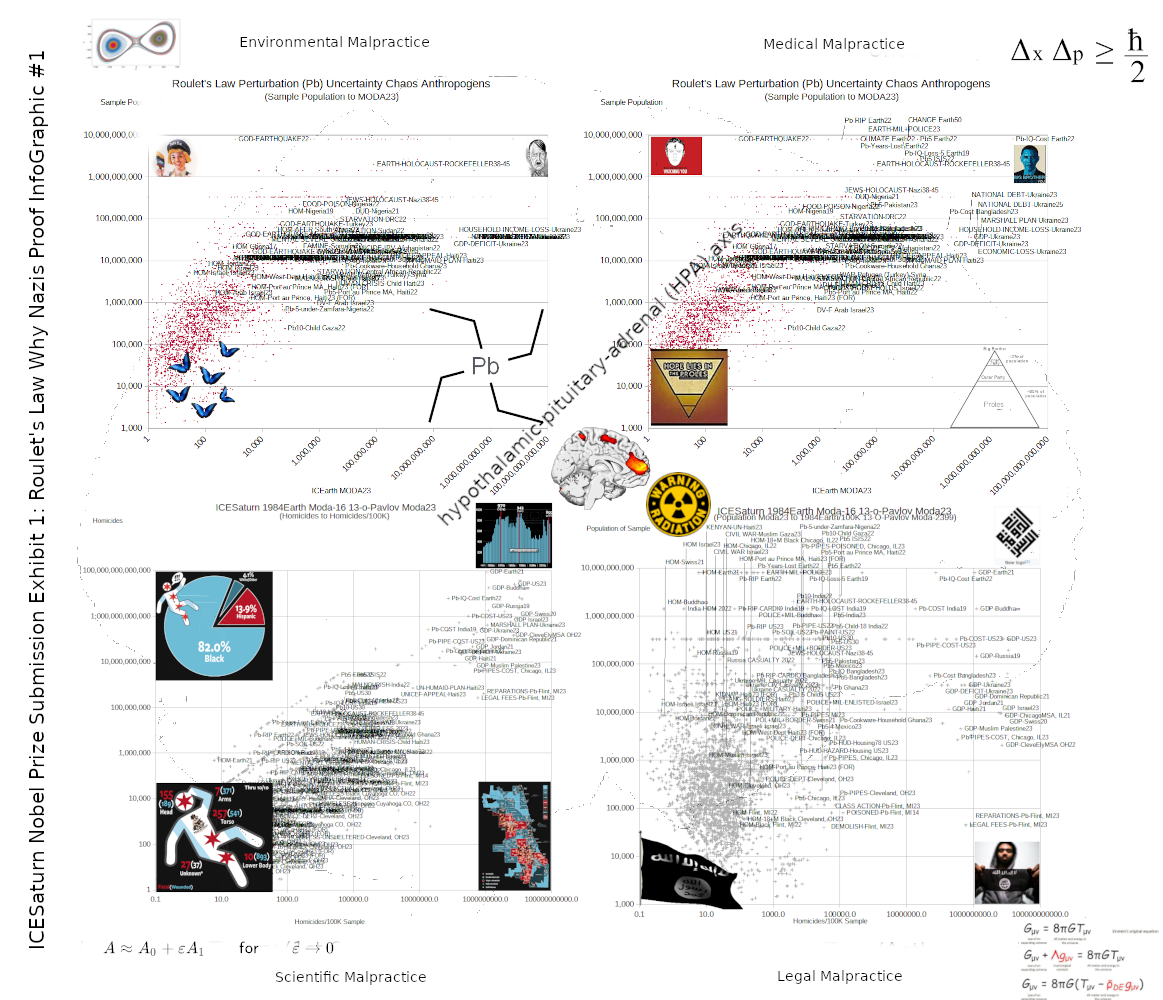
“The people of Butte have already been exposed for decades longer than other populations, with a cleanup rate unheard of at any comparable site exposed to lead from smelting,” he said. “EPA is proposing to allow 15 years to [sample soils and interior dust] and 25 to remediate. That represents generations of people in Butte subject to dangerous levels and knowingly poisoning children for decades to come.”
The new proposed action level, which EPA says is based on updated science, likely means significant numbers of people in Butte are being exposed to potentially unhealthy levels of the toxic metal.
Vulnerable children
Children are especially vulnerable to the health effects of lead exposure. Both the World Health Organization and the Centers for Disease Control and Prevention have emphasized there is no safe blood level of lead in children.
“Lead can permanently affect children’s brain development, resulting in reduced intelligence quotient (IQ), behavioral changes, including reduced attention span and increased antisocial behavior, and reduced educational attainment,” according to the World Health Organization.
The amount of lead in blood is referred to as the blood lead level, which is measured in micrograms of lead per deciliter of blood (µg/dL). EPA’s previous action level of 1,200 ppm in Butte was based on a target blood lead level of 10 µg/dL, which EPA now says “can no longer be viewed as protective.” The new recommendation is 3.5 µg/dL.
“In Butte, the percentage of children with elevated blood lead levels has generally remained higher than reported nationally,” EPA reports, a reality that could also reflect older homes with lead paint.
EPA held Monday night’s meeting to gather comments about the agency’s proposed plan to lower the action level for lead across the Butte Priority Soils Operable Unit, or BPSOU, and a suggested expansion of the Superfund operable unit’s boundaries.
Regional watchdogs have long insisted, often strenuously, that the 1,200 ppm standard is too high — three times higher, for example, than the 400 ppm action level in Anaconda.
In early 2024, EPA announced nationally that updated science showed adverse effects from lead exposure at the lowest levels studied. EPA said this science prompted the agency to reevaluate the previously-set residential lead cleanup of 1,200 ppm in Butte.
Expanded boundaries
The EPA proposal also recommends expanding the boundary of BPSOU by about 3,637 acres, adding 7,253 homes that would become eligible for assessment of lead in soils and interior dust. Relevant new neighborhoods would be south of the Berkeley Pit and west of the Montana Resources mine.
Given the updated cleanup standards, “the EPA anticipates that there could be a significant number of people being exposed to lead within the current BPSOU boundary and the proposed BPSOU boundary expansion,” the agency observed.
EPA anticipates adding that many residential properties for evaluation and potential remediation will add about 25 years to the cleanup of soils and interior dust. That timetable triggered comments from Nylund and others, including Rayelynn Brandl, Sister Mary Jo McDonald and Bill Foley.
Brandl said she believes the residential sampling could be conducted “in a more systematic and rigorous way,” with the potential for enlisting college students and emerging scientists to help complete sampling more quickly.
McDonald said Butte’s Superfund cleanup has languished since it was added to the EPA National Priorities List in 1987. She said requiring decades to complete residential lead remediation is unacceptable.
Sister Mary Jo McDonald
“I believe in my heart that Butte deserves better,” McDonald said. “With this cleanup response, you’re determining children’s lifespan and whether they live full and complete and healthy lives.”
'Already too late'
Foley said he celebrated dropping the action level to 175 ppm but questioned the proposed timetable for remediation of toxic lead.
“It’s already too late for me,” he said. “Sadly, it’s probably too late for my kids. The way this plan is laid out, with its timeline, means it might be too late for my grandkids, as well, and they’re not even born. So, we need to clean this up faster.”
Federal Superfund work in Butte-Silver Bow is ongoing, driven by health and environmental hazards associated with 120 years of hard rock mining, milling and smelting — industrial activities that contaminated soils, groundwater and surface water with arsenic and heavy metals such as lead, copper, mercury and zinc.
Atlantic Richfield/BP is considered liable for cleanup under Superfund law because Atlantic Richfield purchased the Anaconda Co., the original polluter, in 1977.
EPA said properties within the current BPSOU boundary where a residential cleanup has already been conducted will be reassessed to determine whether additional cleanup is required under the proposed new action level.
Properties previously sampled that did not warrant cleanup, based on the existing cleanup level, will be reassessed, the agency said.
In Butte-Silver Bow County, the Residential Metals Abatement Program evaluates residential living spaces and initiates cleanup if contamination exceeding local action levels is found. Priorities are homes where residents include children 6 years old or younger, pregnant or nursing mothers or other potentially sensitive groups.
Next steps
Mackenzie Meter, a spokeswoman for EPA in Montana, described the next steps for the proposed drop in the lead action level for BPSOU.
After the comment period ends Feb. 14, EPA will prepare a responsiveness summary to the public comments received and will issue a Record of Decision Amendment, finalizing the changes to the existing remedy, she said.
A Record of Decision is a public document explaining which cleanup alternatives will be used at an EPA National Priorities List site. An amendment is necessary when there is a significant change from an original remedy.
“EPA will then work through an updated enforcement mechanism with the responsible parties to implement the changes to the cleanup number,” Meter said.
EPA has not speculated about how long that process might take.
Meanwhile, Nylund suggested a timetable for residential remediation. The years required should number in the single digits, he said.
The EPA will accept public comments about the proposed change in the lead action level through Feb. 14 at EPAButtePPcomments@epa.gov.


Comments1
Acknowledgement there is liability for Nazis GENOCIDE Of Blacks
All acknowledgement there is liability for Nazis GENOCIDE Of Blacks TODAY? GOD-DAMNED BUTTE NAZIS Atlantic Richfield/BP is considered liable “but that’s meaningless with the length of time this dangerous exposure will be allowed to persist,” Nylund said.